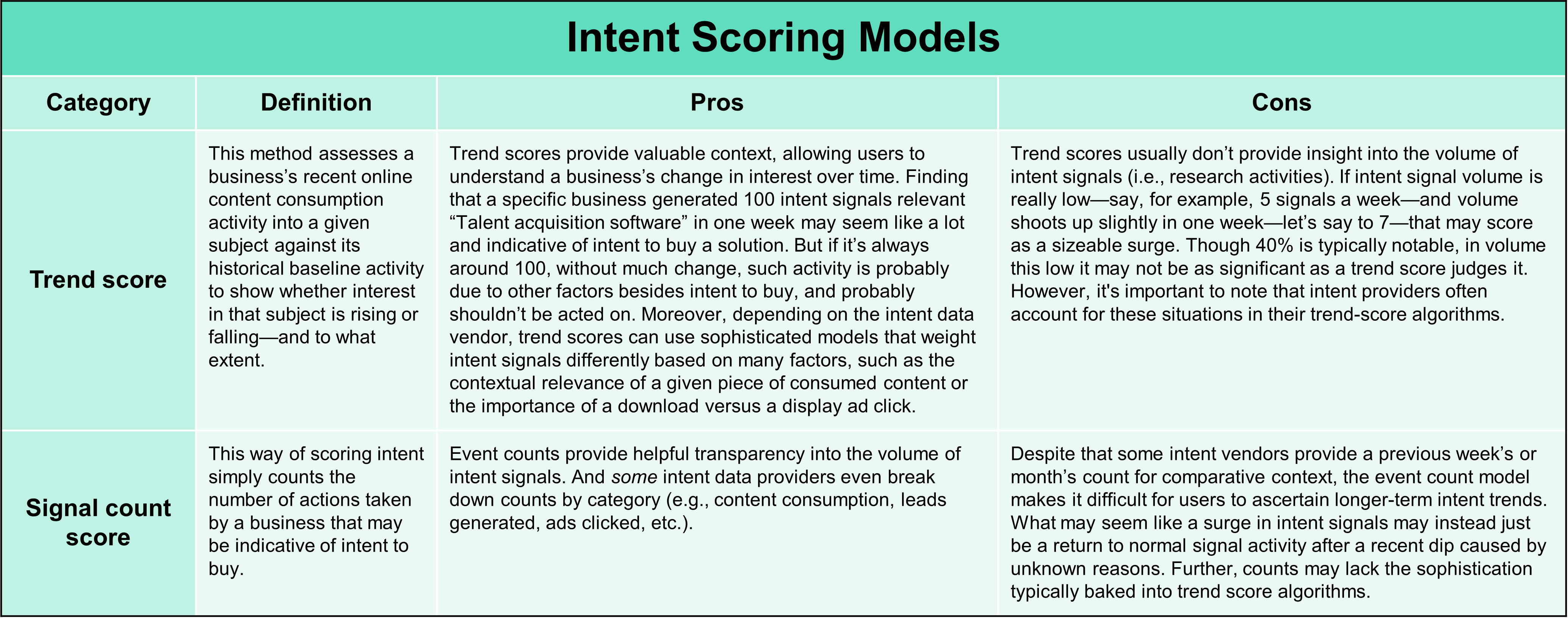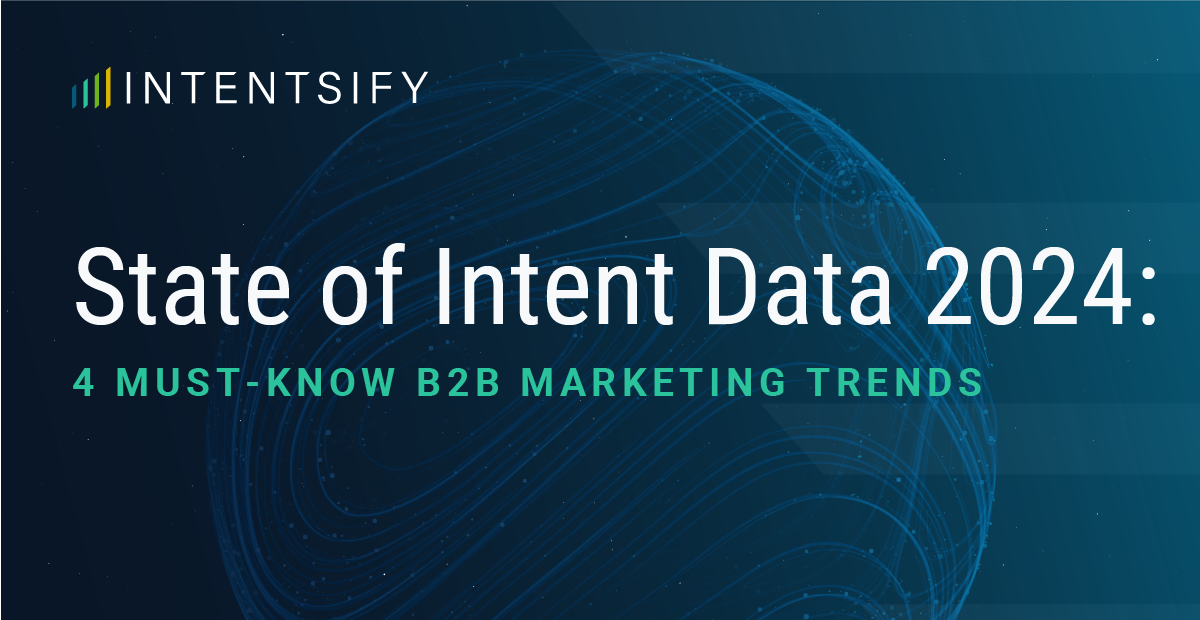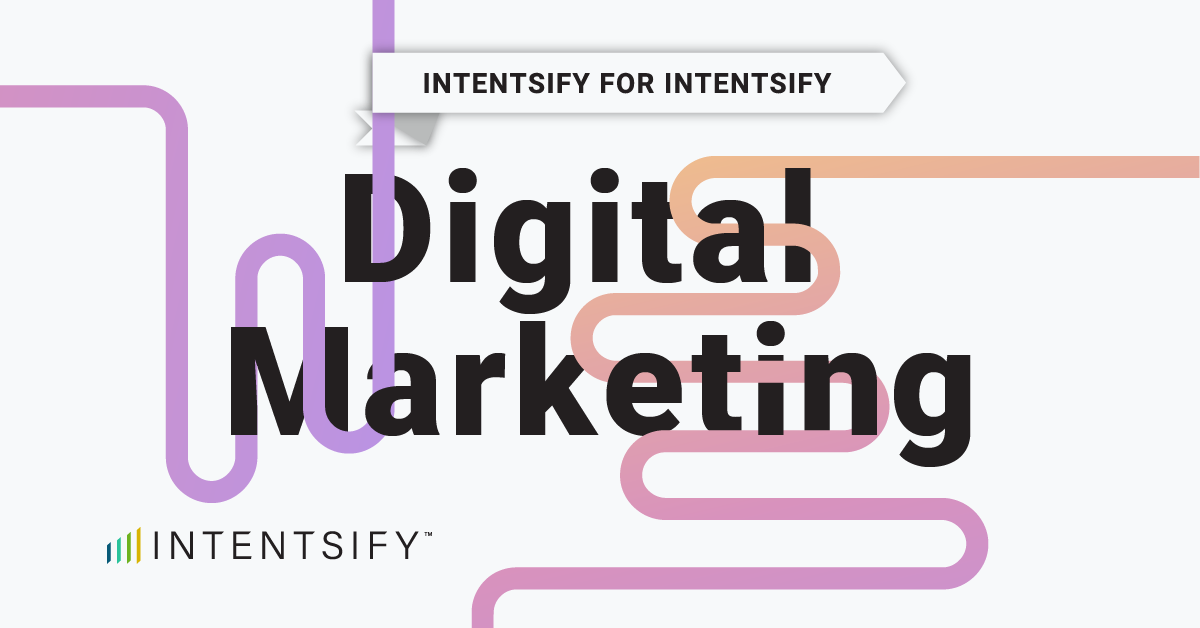Parts of this article were originally published on CMSWire.
Last week we published “A Guide to Intent Data Types and Sources.” While understanding the various types and sources of intent signals is increasingly important for B2B organizations, it’s arguable just as critical that they understand the range of ways intent signals are tracked and scored. …hence this blog post.
A quick note: The explanations below are from my personal perspective. I’m sure there are other intent data experts who see these concepts differently, which is fine. My aim here is simply to categorize and describe the various elements of intent data in a way that will help current and future intent data users get more out of their intent investments.
Intent Signal Tracking Methods
Topic Tracking
Topic-based tracking looks at an entire piece of content (e.g., article, web page, landing page, eBook, case study, etc.) to assess its relevance to one or more pre-defined subjects (i.e., topics). Such relevance is typically identified using machine learning, such as natural language processing (NLP), and is valuable for preventing “false positive” intent signals.
Keyword Tracking
Keyword-based tracking looks for the use of exact words or phrases within a piece of content and/or its URL. If, for example, an article includes the keywords a marketer is tracking, and a business user reads the article, that activity then registers as an intent signal. The great thing about keyword-tracking is it allows you to track whichever keywords you’d like, which is especially helpful when trying to identify a target account’s interest regarding niche solutions.
These two methods complement one another quite well. And it’s a good idea to use them together, which helps ensure both signal specificity and contextual relevance. Read more about the differences between monitoring intent topics and keywords here.
Intent Scoring Models
Trend Scoring
This method assesses a business’s recent online content consumption activity into a given subject against its historical baseline activity to show whether interest in that subject is rising or falling—and to what extent.
A simplified example: Over the last six months, “Acme Inc.” has on average taken 100 actions per week around “Talent acquisition software,” which may include consuming articles, downloading content, registering for events, etc. (i.e., intent signals). If in the most recent week Acme continued this 100-count trend, it may be assigned an intent score for “Talent acquisition software” of 50—a baseline score indicating no change of interest. If, on the other hand, Acme’s intent signals around “Talent acquisition software” increased to 150, this would indicate a 50% surge in interest against the historical baseline. As such, Acme’s intent score for “Talent acquisition software” may increase to a score of around 75 (depending on how the algorithm weighs various signals).
Trend scores provide valuable context, allowing users to understand a business’s change in interest over time, which is obviously important when trying to understand intent to buy. The drawback back is that you don’t really know whether that jump to a 75-point score was due to 50 more weekly signals (up from 100) or 3 more weekly signals (up from 5).
Signal-Count Scoring
This way of scoring intent simply counts the number of actions taken by a business that may be indicative of intent to buy.
A simplified example: During the last week, “Acme Inc.” visited 92 web pages containing the keyword “Talent acquisition software,” downloaded 6 eBooks relevant to talent acquisition, and clicked on 2 of your display ads. The event count would be 100 (and hopefully broken down by signal type, too). It may also provide the event count for the previous week and/or month for some comparative context.
Event counts provide helpful transparency into the volume of intent signals. And some intent data providers even break down counts by category (e.g., content consumption, leads generated, ads clicked, etc.). However, this scoring model makes it difficult for users to ascertain longer-term intent trends. What may seem like a surge in intent signals may instead just be a return to normal signal activity after a recent dip caused by unknown reasons.
Intent Takeaways
Just as there’s no single best intent data type or source, neither is there a single best way to track or score intent data. Each tracking method and scoring model holds its own complementary benefits. The organizations using intent data with the most success are those utilizing multiple intent sources and types. That’s why 71% of intent users are leveraging 3 or more intent data sources (Ascend2, titled “The B2B Marketer’s State of Intent Data).
To be sure, leveraging a range of intent data sources and tracking methods is the best way to ensure you get both the broad and in-depth intent insights you need to focus your efforts on the right organizations in the right way.






